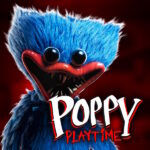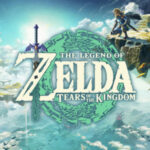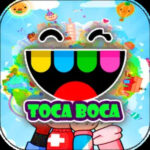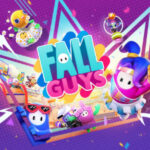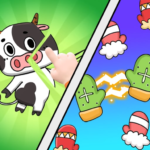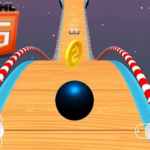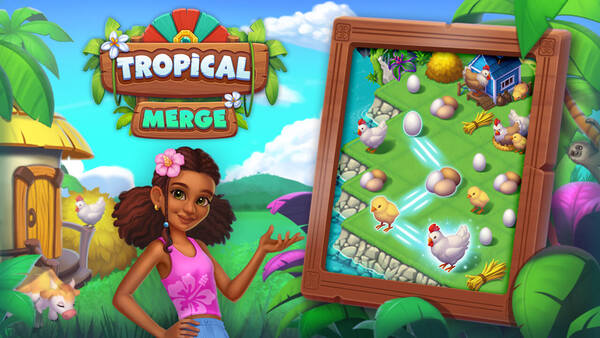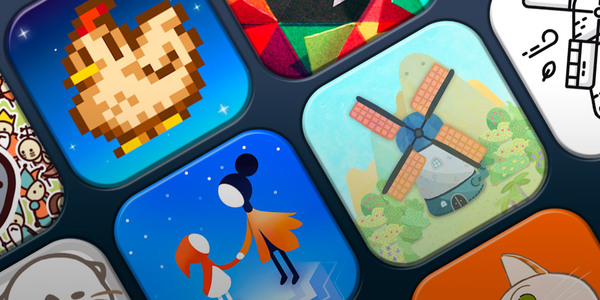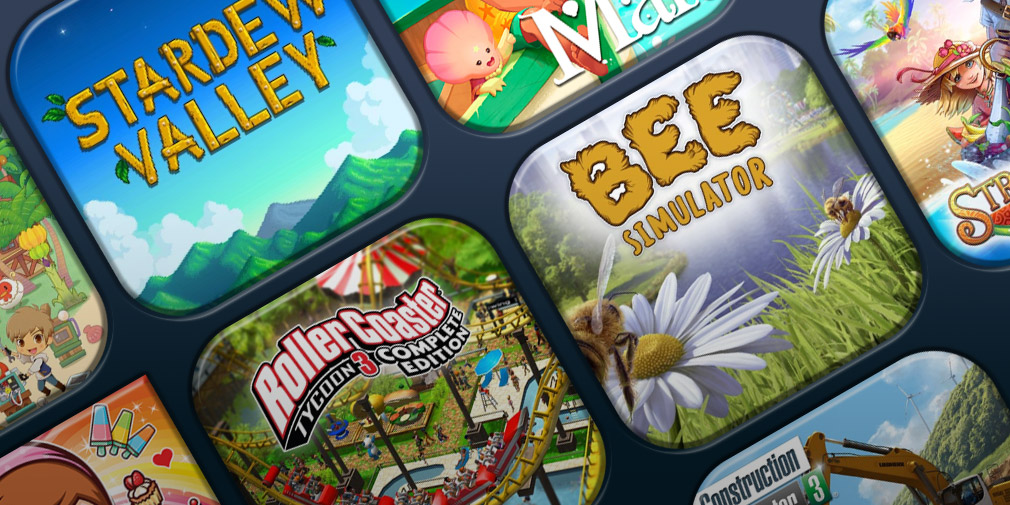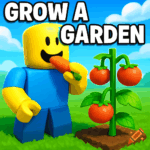Candy Crush Saga: The Definitive Expert Guide to the Iconic Match-3 Puzzle Game
Candy Crush Saga stands as one of the most recognizable and successful mobile puzzle games in history. Since its launch, the title has captivated millions worldwide with its simple yet addictive match-3 mechanics, colorful visuals, and frequent updates. This article explores Candy Crush Saga’s origins, core mechanics, evolution, social aspects, and overall impact on mobile entertainment. Whether you are new or experienced, this guide covers everything needed to understand and appreciate this enduring phenomenon.
The Origins of Candy Crush Saga: From Concept to Global Phenomenon
Developed by King and initially released in 2012 on Facebook, Candy Crush Saga quickly grew in popularity thanks to its accessible mechanics and engaging challenges. The foundation of the game lies in its familiar match-3 gameplay, brought to life with vibrant candy-themed visuals and rewarding progression.
Integration with social media networks played a significant role in its rapid rise, as users could share achievements and support friends through lives and boosts. This blend of simple design and social connectivity fueled its viral expansion. Over the years, consistent updates and new content have maintained its presence as a staple of casual puzzle entertainment.
Core Mechanics: How Candy Crush Saga Works
Candy Crush Saga revolves around swapping adjacent candies to align three or more identical pieces, causing them to vanish and new ones to cascade into place. Forming matches of four or more candies produces special items with powerful effects:
-
Striped Candies: Clear entire rows or columns.
-
Wrapped Candies: Explode in a 3x3 area.
-
Color Bombs: Eliminate all candies of a selected color.
Users are challenged with various objectives including clearing jelly, collecting specific ingredients, or reaching target scores within limited moves. Increasingly complex obstacles, such as chocolate blockers and licorice swirls, enhance difficulty and require strategic thinking.
The Evolution of Levels and Challenges
Candy Crush Saga launched with a modest number of levels but has expanded massively, now featuring over 10,000 unique stages. Each level presents new layouts and objectives to keep the experience engaging.
Level Types
-
Jelly Levels: Require clearing all jelly squares on the board.
-
Ingredient Levels: Demand guiding ingredients to the bottom of the grid.
-
Timed Levels: Challenge users to complete goals within a fixed timeframe.
King frequently introduces themed events and limited-time challenges that add seasonal aesthetics and unique rewards, further enhancing engagement.
Social Features: Connecting Users Worldwide
The game incorporates social elements designed to foster community and collaboration. Through connections with Facebook or King’s network, users can send and receive lives, offer boosters, and celebrate milestones together.
Leaderboards and Competitions
Global and friends’ leaderboards provide motivation through friendly rivalry. Periodic competitions and events reward participants with in-game items, cultivating a vibrant and interactive player base.
Such social connectivity significantly improves retention and enjoyment, elevating the experience beyond solitary puzzle-solving.
The Business Model: Free-to-Start with In-App Purchases
Candy Crush Saga follows a freemium model. While available at no cost initially, optional purchases allow users to acquire boosters, additional moves, and extra lives to overcome difficult levels.
Monetization Elements
-
Boosters: Special aids that clear challenging sections of the board.
-
Extra Moves: Additional chances to complete levels after exhausting standard moves.
-
Lives: Limited attempts that replenish over time or through social support.
This system balances accessibility for casual users with monetization options for those seeking to progress more rapidly.
Visuals and Sound: The Appeal of Candy Crush’s Design
The game features bright, inviting candy-themed graphics that are both appealing and easy to interpret. A cheerful soundtrack and satisfying sound effects provide feedback on successful matches and special candy activations.
Design Highlights
-
Vivid colors for quick candy identification.
-
Smooth animations that enhance visual polish.
-
Audio cues to signal key moments, such as level completion or powerful combos.
These design choices contribute heavily to the game’s immersive and rewarding atmosphere.
Mobile Experience: Accessibility and Performance
Optimized for smartphones and tablets, Candy Crush Saga offers intuitive touch controls and responsive gameplay. Its straightforward mechanics make it accessible to a wide age range and skill levels.
Cross-Device Synchronization
Cloud-saving features allow progress to be maintained seamlessly across multiple devices, enabling users to continue challenges on their preferred screen.
The game’s efficient design ensures smooth performance even on older or less powerful hardware, broadening its appeal.
Strategies and Tips for Success in Candy Crush Saga
Basic Tips
-
Aim to create special candies by matching four or more pieces.
-
Combine special candies to produce powerful effects.
-
Plan moves ahead to trigger cascades and maximize combos.
-
Focus on clearing blockers early to maintain board mobility.
Advanced Techniques
-
Utilize boosters strategically to surpass challenging stages.
-
Carefully analyze objectives before making moves.
-
Participate in timed events and challenges to earn bonus rewards.
The Future of Candy Crush Saga: What Lies Ahead
King continues to evolve Candy Crush Saga with new levels, gameplay features, and social integrations. Personalized experiences and innovative game modes are areas of ongoing development.
With mobile entertainment evolving rapidly, Candy Crush Saga’s blend of accessibility and depth ensures it remains a dominant force in casual puzzle games.
Conclusion: Candy Crush Saga’s Enduring Impact on Mobile Entertainment
Candy Crush Saga transformed casual mobile gaming through its addictive mechanics, engaging challenges, and social components. Its widespread appeal results from ongoing innovation, a flexible free-to-start model, and a connected community.
While the game has some drawbacks, including pacing issues and monetization challenges, it remains a must-know title in the puzzle genre. Its combination of fun, strategy, and social elements guarantees continued enjoyment for years to come.








